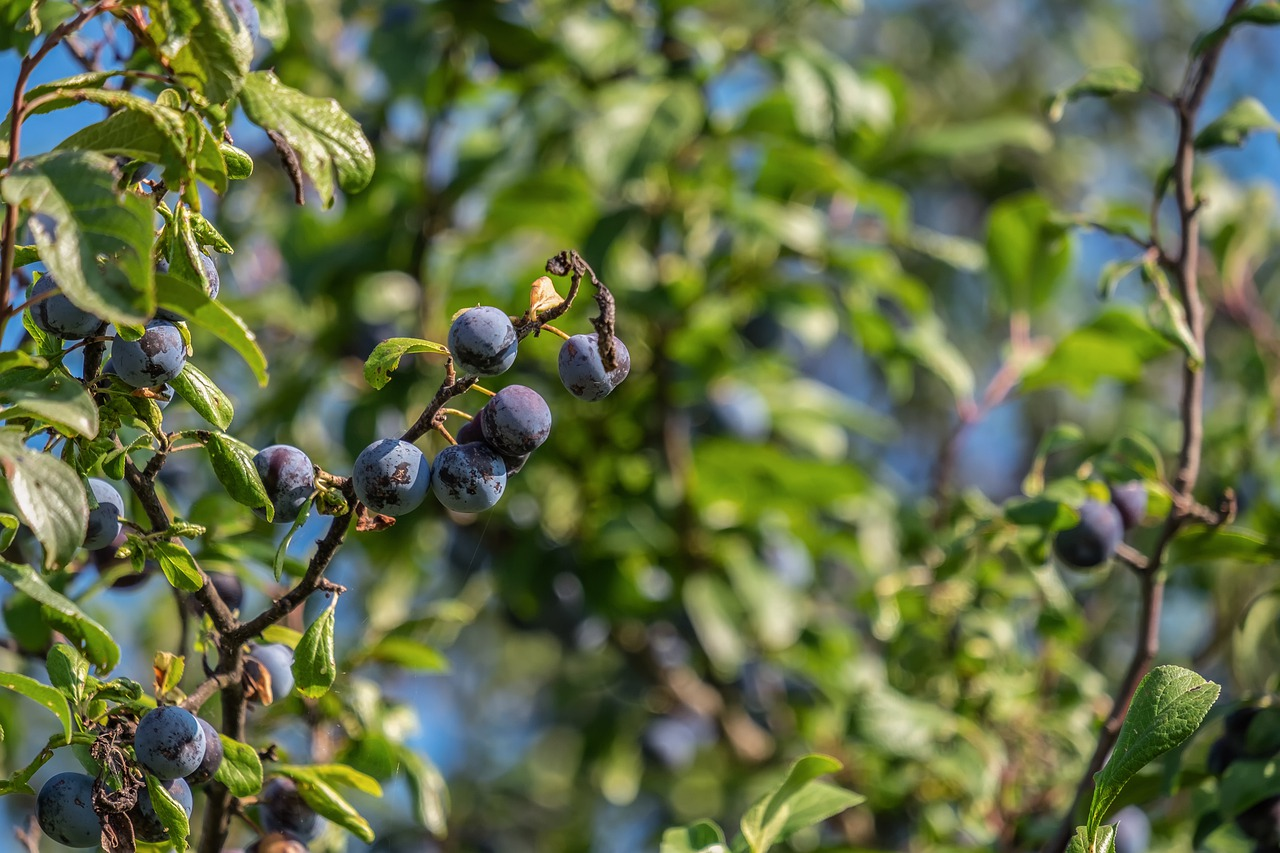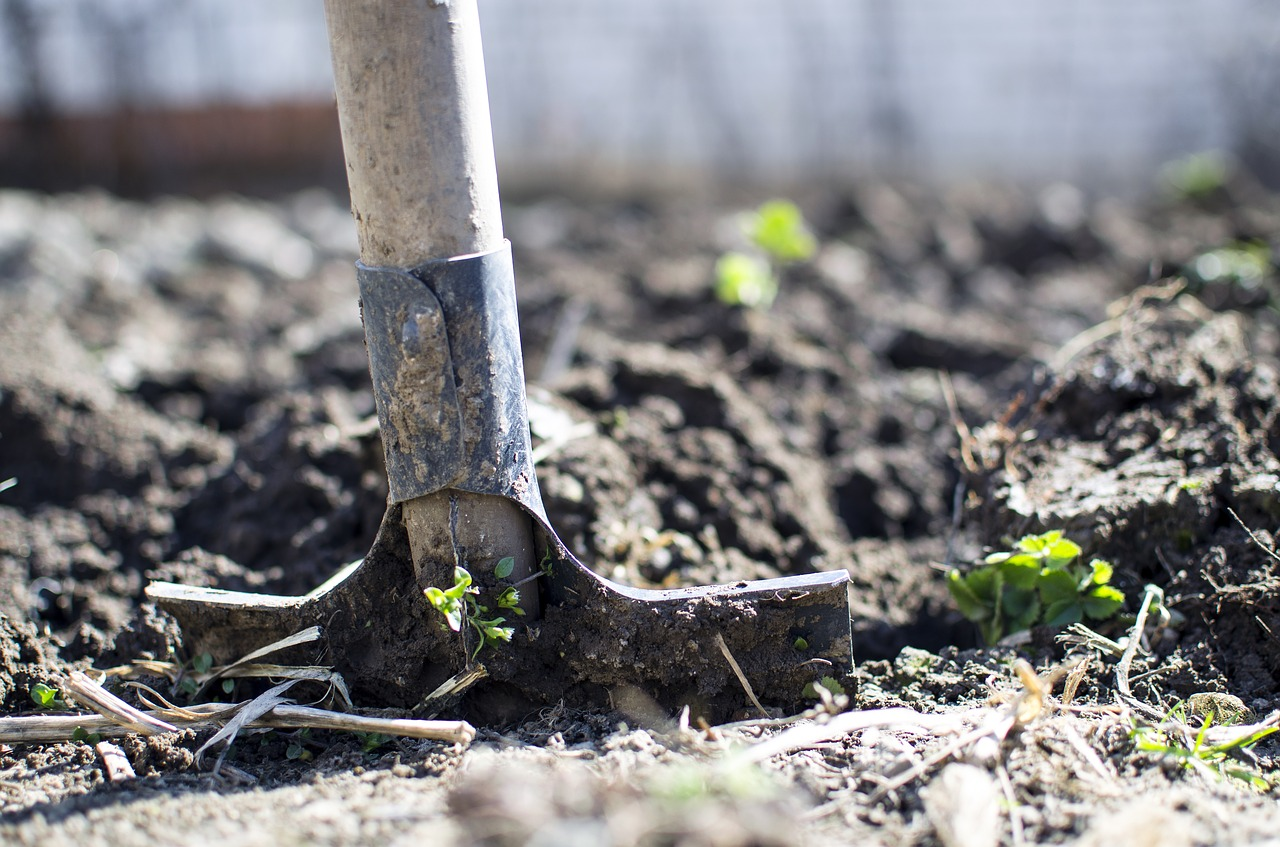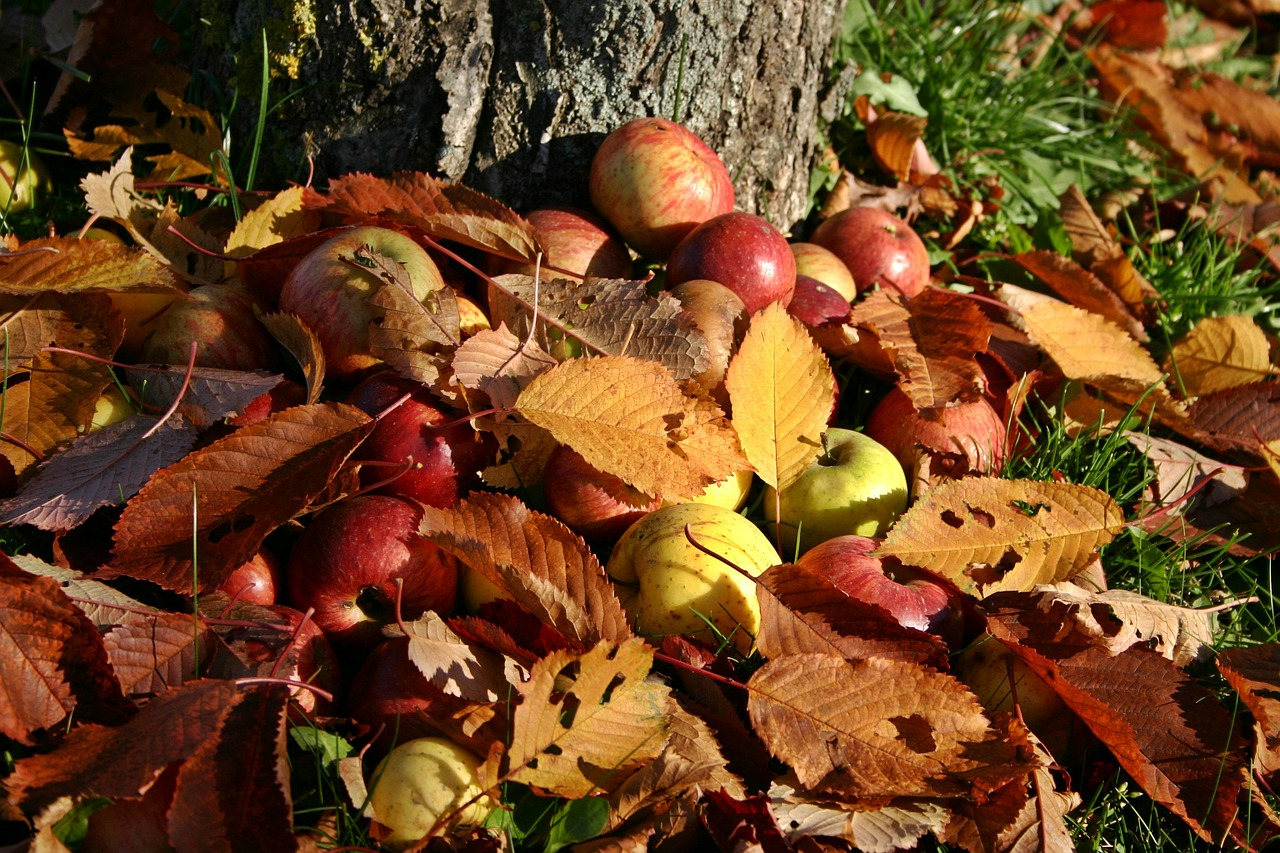Planting fruit trees correctly
Fall is planting time
Various fruit trees can still be planted until the end of November. As it is so cold, the above-ground part of the tree hardly grows at all and the focus is on developing strong roots underground. This allows the tree to grow over the winter and then sprout more easily in spring. However, only hardy varieties such as apples and pears are suitable for planting in winter. On the other hand, there are some fruit tree varieties that do not tolerate the cold so well and are better planted in spring by April at the latest. These include apricots and peaches, for example.
Fruit trees for fall and spring planting

Planting in fall:
- Apple
- Pear
- Mirabelle
- Plum
- Sweet/sour cherry
Planting in spring:
- Apricot
- Nectarine
- Peach
- Walnut
This is how you proceed:

- Dig a planting hole (approx. 1.5 times as deep/wide as the root (root ball)
- Bare root trees: Place the tree on a mound you have created in the planting hole so that the roots hang down at the sides like hair
- Potted trees: Carefully break up the roots at the sides and place the root ball in your planting hole
- ATTENTION: The grafting site should not be planted as well!
- Add compost, humus or potting soil to the planting hole when sealing
- Rock flour provides a coarser structure and long-term nutrient salt release
- Tread the soil around the tree
- Spread some mulch around the planting site to suppress weeds
Tying up the fruit tree
To protect your young tree from falling over in autumn storms, you can stabilize it with a stake. Dig it into the planting hole next to the tree against the main wind direction. Tie the tree carefully and loosely to the stake.
Protect fruit trees from voles
If you have a vole problem in your garden, it is advisable to build a gravel basin around the planting hole. This layer of gravel will prevent the voles from munching on the fresh tree roots. The gravel is coarse enough for the rodents to avoid this layer and everything in it. The roots of the tree can penetrate the gravel layer if they are strong enough. To do this, fill the bottom of the planting hole with gravel. This layer can be approx. 5-10 cm thick. You should also add a layer of gravel to the sides. To do this, place a cardboard box 5-10 cm from the edge of the hole and fill the space between the box and the soil wall with gravel.

